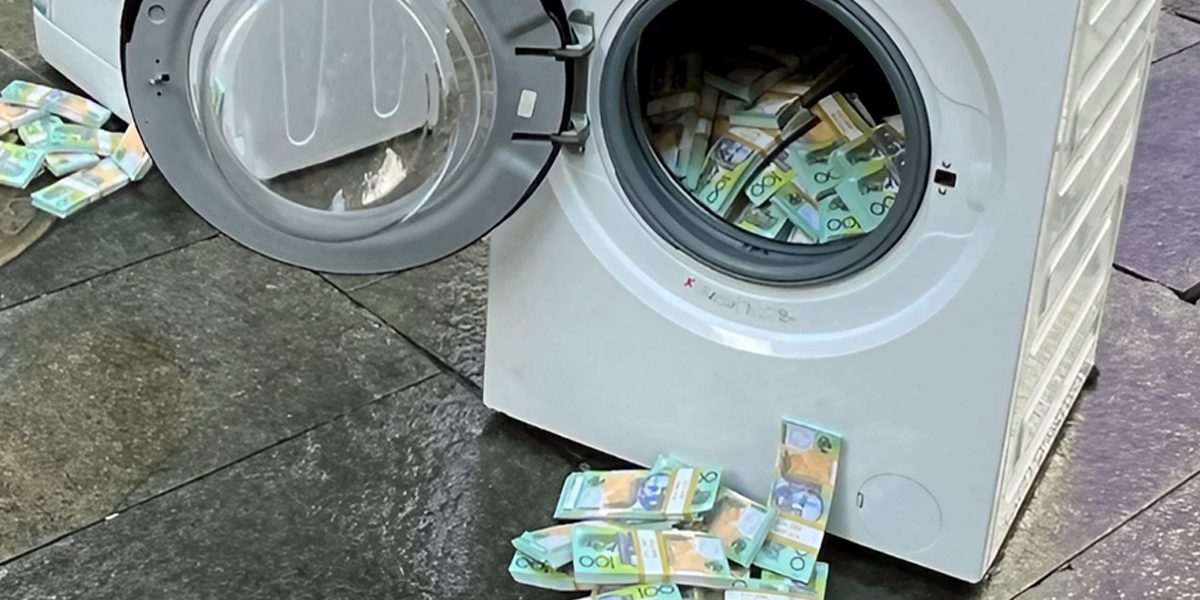This series of articles draws on insights and key learnings from law firms, large and small, across both the UK and New Zealand.
As Australia inches towards implementing Tranche 2 of the AML/CTF Act, law firms are starting to accept that it will be enacted in some form. Firms who have moved through shock, denial, and are finally at acceptance, are now turning their attention to action.
This series of articles draws on insights and key learnings from law firms, large and small, across both the UK and New Zealand. Additional advice and guidance has been pulled from leading law firms in Australia including Norton Rose Fulbright and Herbert Smith Freehills.
Titles in this series:
- → Money laundering 101
- The global landscape of AML and why it’s coming to Australia
- Apprehensions to T2…and real-life examples from the UK and NZ
- Setting up an AML compliance programme
- Practical tips for change management & common mistakes to avoid: learnings from NZ-based law firm who went through the AML/CFT regulatory changes in 2017
- Money laundering red flags in the legal sector: proactive steps you can take to avoid reputational damage and fines
- Get the basics right: CDD / KYC
- Get the basics right: sanctions and adverse media
- Get the basics right: UBOs
- Get the basics right: International companies
- Masterclass: SoW / SoF
- Masterclass: Tax havens
Money laundering 101
Money laundering isn’t just a convenient plotline from streaming crime dramas — it’s a real life scourge of society affecting individuals, businesses, industries, economies, and the world at large.
The Australian Institute of Criminology estimates that serious and organised crime costs Australians around A$60 billion per year, with illicit financing at the centre of most crime types.
As Australia moves towards Tranche 2, understanding the basics of money laundering is essential in protecting your firm’s reputation and business viability, as well as doing the right thing to stop criminals from further offending.
What is Money Laundering?
At its core, money laundering is the process of making illegally-obtained money appear legitimate.
Criminals make money from unlawful activities such as drug trafficking, modern slavery, corruption or fraud. To use the proceeds of these crimes, or to fund terrorism activities, criminals then need to ‘clean’ or ‘launder’ this money — making it appear to have come from legitimate sources.
When those funds are introduced to an unprotected economy, such as Australia currently is, it distorts competition, disrupts economic stability, and undermines the integrity of financial systems.
The most visible example of this cross functional disruption is the Australian housing market. AUSTRAC estimates that “in 2020 alone, Chinese interests laundered $1 billion through Australian real estate.” This affects housing stock availability, price and industry behaviour, as evidenced through Westpac’s $1.2billion fine for AML/CTF non-compliance, which even included them turning a blind eye to suspicious transactions associated with possible child exploitation.
The Stages of Money Laundering
So now you know what it is and why it matters, let’s look at how money laundering is done. AUSTRAC defines it well. The money laundering cycle describes the typical three-stage process criminals may use to conceal the source of illicit funds and make funds appear legitimate:
- Placement
Introducing illegal funds into the formal financial system (for example, making ‘structured*’ cash transactions into bank accounts). In Australia, criminals also favour purchasing high value assets, such as property and luxury goods to integrate dirty money into the legitimate economy. - Layering
In this phase, the goal is to distance the funds from their criminal source. Complex transactions, international wire transfers, or moving funds through multiple accounts or countries are common tactics used to obscure the money trail. - Integration
Investing these now distanced funds or assets in further criminal activity or invest in real estate, businesses, or other assets, making it challenging to trace the money’s illegal origins.
* Structuring involves breaking down cash transactions into small amounts to avoid triggering mandatory reporting of cash transactions of A$10,000 or more as required under the AML/CTF Act.
Conclusion
Understanding the basics of money laundering is crucial for the legal sector as Australia moves towards Tranche 2. In part 2 of this series, we take a look at the global landscape of AML and dive deep into why it’s coming to Australia.





